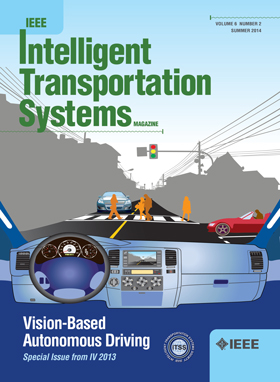Strategic XFC Charging Station Placement in Equilibrium Traffic Networks
IF 7.9
1区 工程技术
Q1 ENGINEERING, CIVIL
IEEE Transactions on Intelligent Transportation Systems
Pub Date : 2025-01-30
DOI:10.1109/TITS.2025.3529342
引用次数: 0
Abstract
Electric vehicles have become a trend as a replacement to gasoline-powered vehicles, and been promoted by worldwide policy makers as a solution to combat environmental problems and stimulate economy, whereas the lack of extreme fast charging infrastructure has become one main obstacle to broad adoption of electric vehicles. To promote the commercial success of electric vehicles, effective placement of electric vehicle (EV) charging stations is pivotal. While numerous studies address EV charging station placement, the integration of transportation network traffic, specifically equilibrium traffic assignment, where flows stabilize as drivers seek routes to minimize travel time, has been relatively limited. This research investigates equilibrium traffic assignment with the inclusion of extreme fast charging (XFC) stations and introduces an algorithmic solution. We assess diverse charging station placement strategies, including node-based and network-based approaches, weighing their respective advantages and drawbacks. Extensive experiments on real transportation networks of varying scales validate our algorithm and evaluate different charging station placement strategies. Many interesting findings are drawn from the study. For instance, increasing the number of XFC charging stations may not always result in reduced traffic time; the added value of extra stations beyond a certain threshold can be quite limited. The findings offer valuable insights for strategically deploying EV charging infrastructure, thus promoting electric vehicle adoption.求助全文
约1分钟内获得全文
求助全文
来源期刊

IEEE Transactions on Intelligent Transportation Systems
工程技术-工程:电子与电气
CiteScore
14.80
自引率
12.90%
发文量
1872
审稿时长
7.5 months
期刊介绍:
The theoretical, experimental and operational aspects of electrical and electronics engineering and information technologies as applied to Intelligent Transportation Systems (ITS). Intelligent Transportation Systems are defined as those systems utilizing synergistic technologies and systems engineering concepts to develop and improve transportation systems of all kinds. The scope of this interdisciplinary activity includes the promotion, consolidation and coordination of ITS technical activities among IEEE entities, and providing a focus for cooperative activities, both internally and externally.
 求助内容:
求助内容: 应助结果提醒方式:
应助结果提醒方式:


